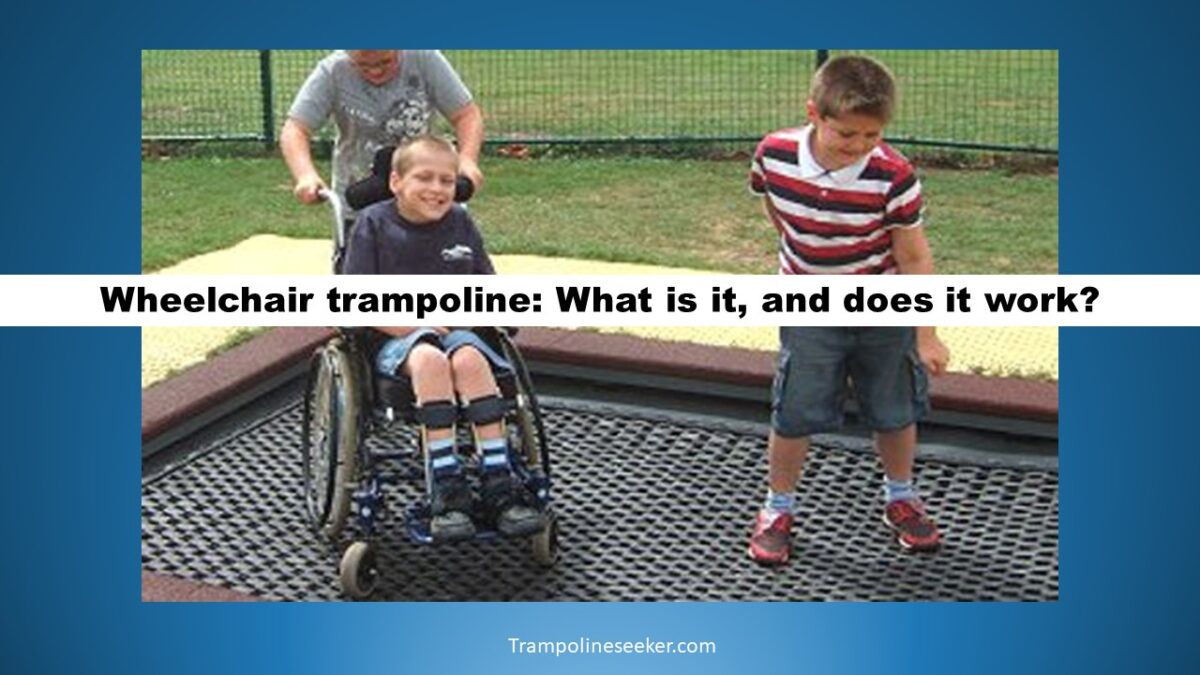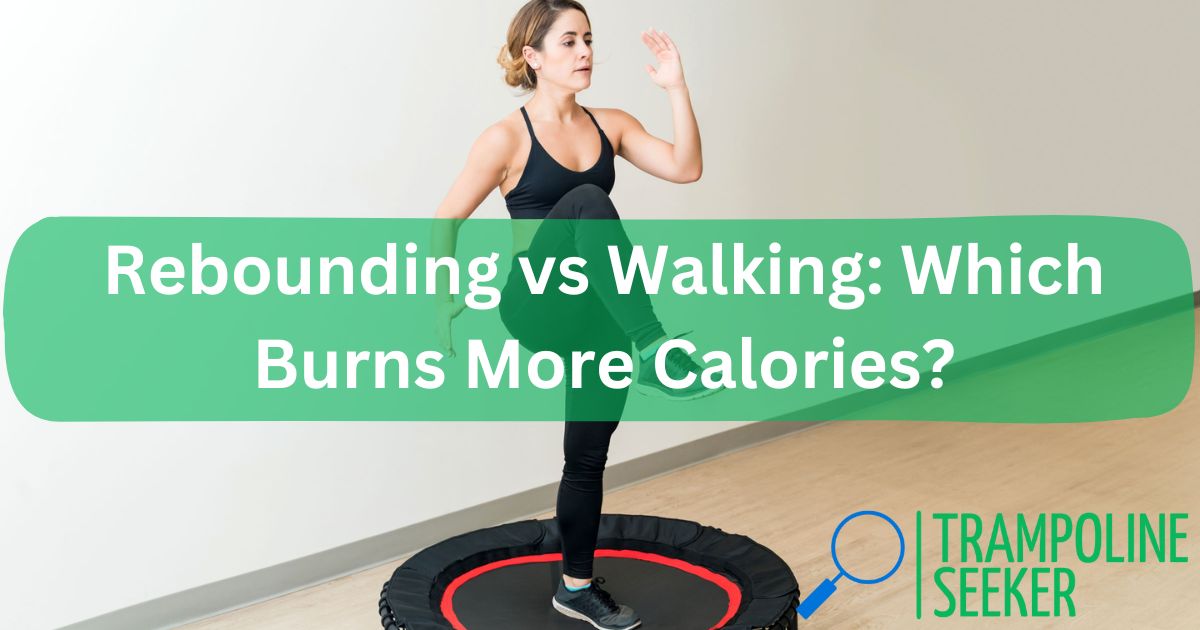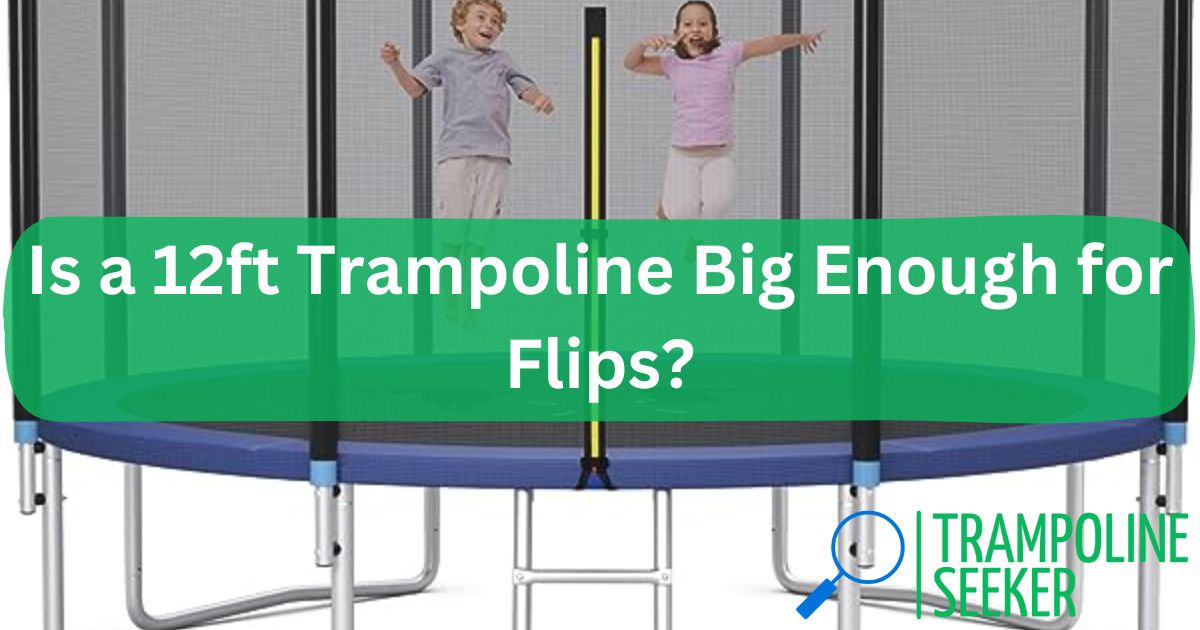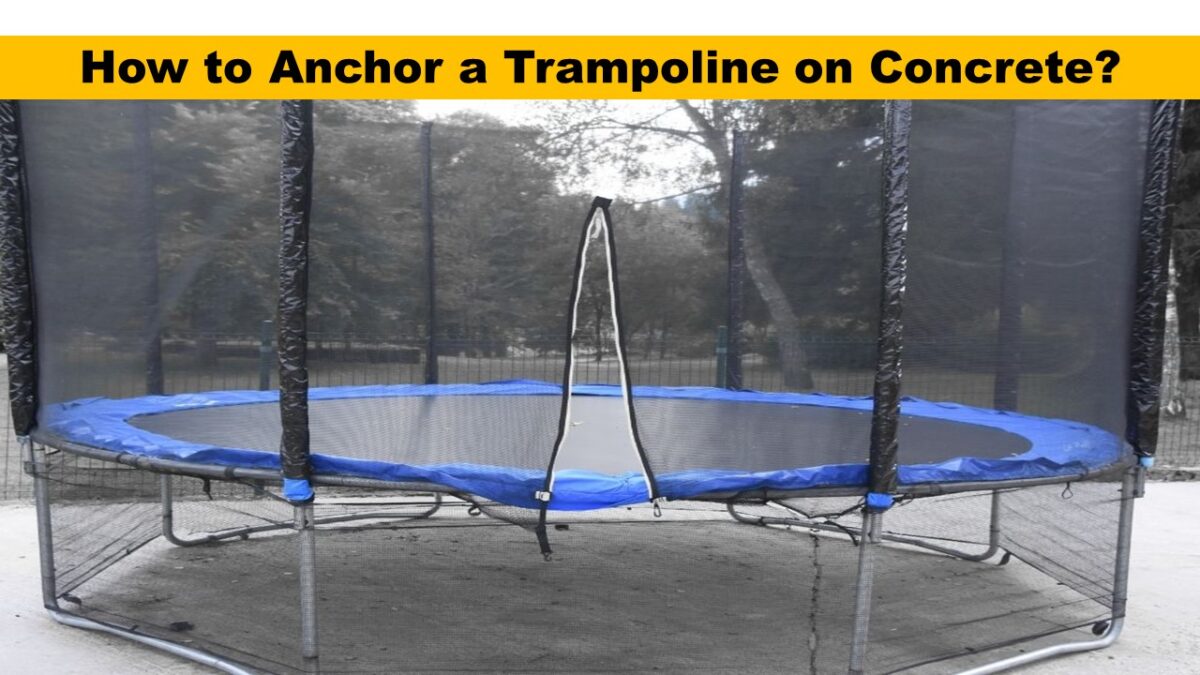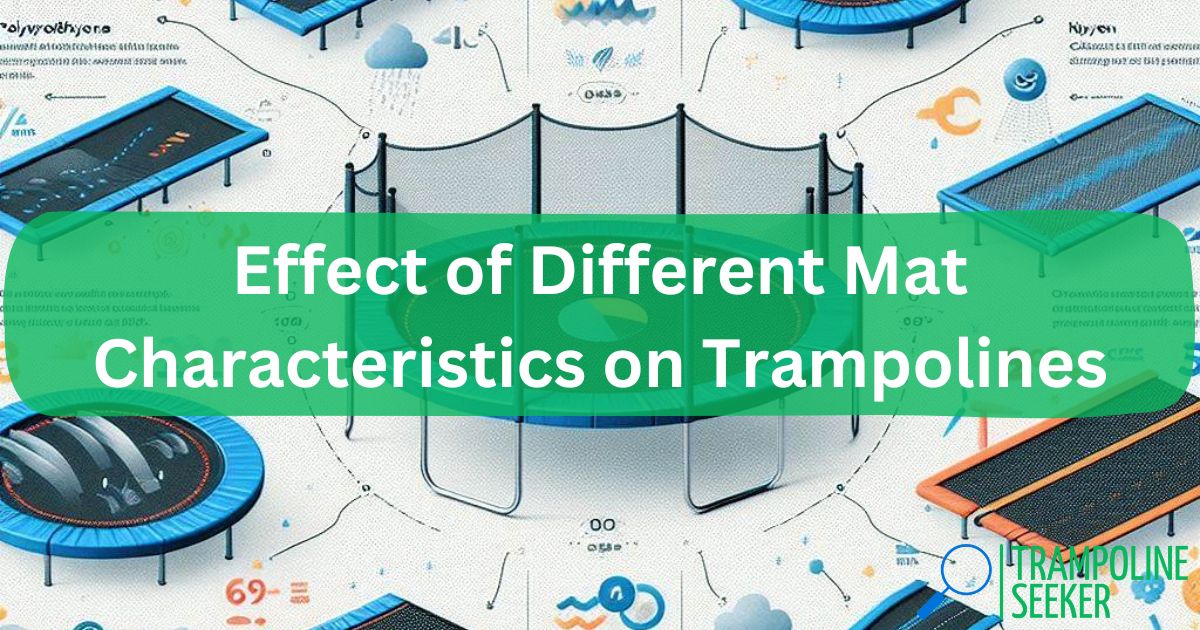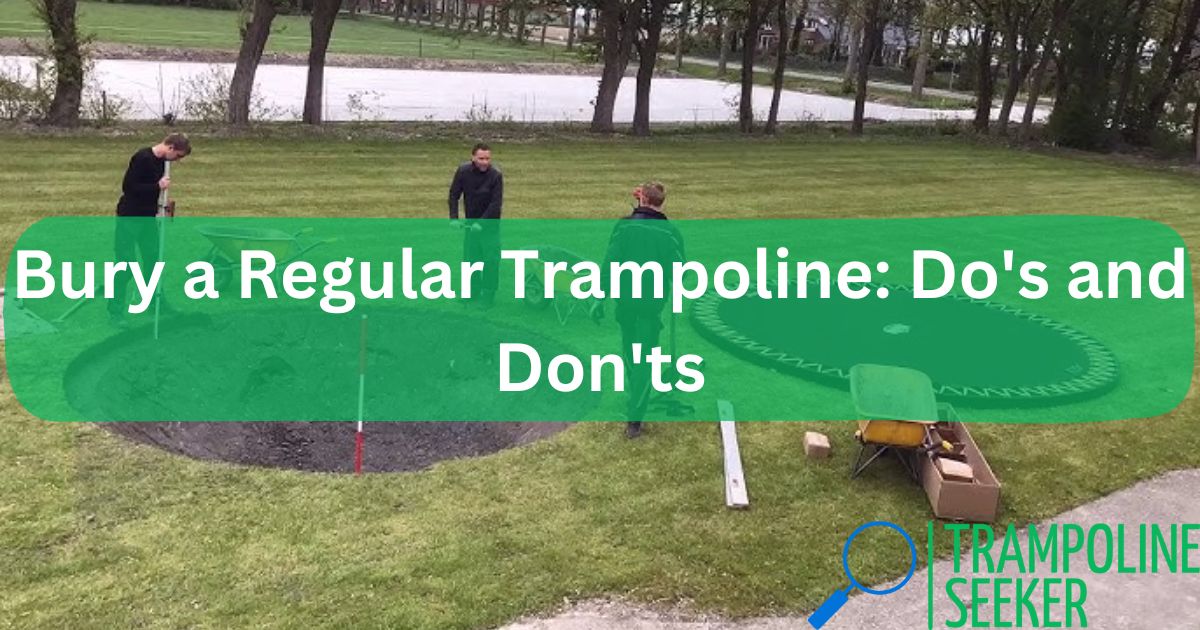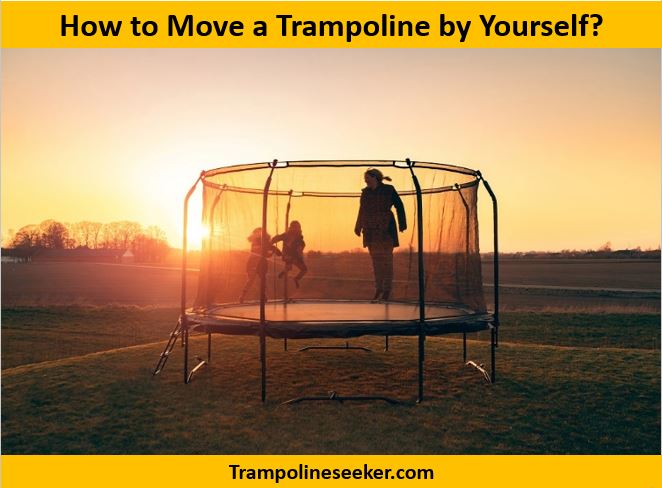Trampolines, with their ability to create moments of sheer joy, exercise, and even gravity-defying excitement, have come a long way since their invention in the 1930s.
Today, trampolines grace everything from suburban backyards to sports parks and fitness centers. But as the locales differ, so do the trampolines. Public use trampolines and family trampolines may look similar, but they are worlds apart when we delve into the specifics of their design, materials, safety considerations, and overall purpose.
This comprehensive article offers a deep dive into the characteristics that define and distinguish these two categories of trampolines.
A Leap into the Purpose of Trampolines
Trampolines are a universal source of enjoyment, but their purpose extends beyond just providing fun-filled bounce sessions.
The Role of Public Use Trampolines
Public use trampolines are engineered to cater to a vast and diverse user base. Installed at community parks, hotels, fitness centers, urban spaces, and campsites, these trampolines serve as recreational and exercise equipment for people of all ages.
Given their heavy-duty role, public use trampolines are designed to withstand high-frequency usage, accommodating numerous people throughout the day.
From tourists seeking a quick adrenaline rush to fitness enthusiasts using them for rigorous workouts, public use trampolines endure substantial wear and tear, necessitating robust construction and materials.
The Charm of Family Trampolines
Family trampolines, on the other hand, have a more intimate purpose. Primarily used in the comfort of private backyards, these trampolines cater to families looking to bond over active leisure time.
They serve as play equipment for children, a relaxing spot for adults, and a centerpiece for backyard parties and get-togethers. The usage frequency and intensity for family trampolines are typically lower, demanding a different set of design and material considerations compared to public use trampolines.
The Science Behind Trampoline Materials and Construction
The building materials of a trampoline play a significant role in determining its durability, safety, and the overall bouncing experience it provides.
The Core of the Bounce: The Jumping Mat
The jumping mat, also known as the bed, is the heart of any trampoline. It’s where all the magic of bouncing happens.
The Stamina of Public Use Trampolines
Public use trampolines require mats that can withstand continuous, heavy-duty usage. The mats are usually crafted from high-performance, tightly woven synthetic materials like polypropylene or nylon. The tight weave reduces air permeability, adding to the mat’s strength and durability.
It also ensures that the bounce force is evenly distributed across the surface, allowing the mat to hold up under high loads and frequent use.
To cater to public demands, these mats often conform to the highest industry standards, providing optimum rebound properties.
The Comfort of Family Trampolines
Family trampolines, on the contrary, are designed for less intense usage and typically have mats with a slightly looser weave. This design facilitates better air circulation, allowing for a more comfortable and softer bounce, ideal for everyday family use.
Despite the differences in weave density, the jumping mats for family trampolines are still made from durable materials, ensuring they can withstand regular use while providing a fun and safe bouncing experience for all family members.
The Role of Springs in the Bounce Equation
Springs connect the jumping mat to the frame and directly affect the trampoline’s performance. The quality of springs is of paramount importance in both public use and family trampolines.
The Resilience of Public Use Trampolines
In public use trampolines, springs need to sustain a large number of jumps and withstand a range of user weights, often in rapid succession. To cope with such heavy use, these trampolines usually feature high-quality, heavy-duty springs.
These springs are designed to ensure long-lasting elasticity, which in turn provides a consistent bounce and resilience, critical for public use trampolines.
The Flexibility of Family Trampolines
For family trampolines, the springs’ design emphasizes a balance between providing a satisfying bounce and ensuring user safety. These springs are typically lighter than those on public use trampolines but are equally durable.
High-quality springs ensure a smooth and responsive bounce, absorbing most of the impact force, which reduces the stress on the jumper’s body and lowers the risk of injuries.
The Backbone of a Trampoline: The Frame Structure
The frame of a trampoline is like its skeleton, providing the necessary structure and support. It needs to be sturdy and stable, capable of withstanding the weight of the users and the pressure exerted during jumps.
The Fortitude of Public Use Trampolines
Public use trampolines, given their intense usage, need to possess incredibly robust frames. The frames are typically constructed from thick, galvanized steel and often feature additional reinforcements or a double frame design to provide maximum stability and resistance to mechanical damage.
Such heavy-duty construction ensures these trampolines can withstand the continuous jumping and bouncing without buckling under pressure.
The Stability of Family Trampolines
While not subjected to the same level of continuous use as public trampolines, family trampolines still need a solid frame for stability and longevity. The frames of family trampolines are also made of galvanized steel but might not have the additional reinforcements commonly found in public use trampolines.
Nevertheless, they are designed to be sturdy and resistant to rust and weather damage, ensuring a safe and long-lasting backyard bouncing experience.
The Impact of Size and Shape
Trampolines come in various sizes and shapes, catering to the diverse requirements and preferences of users.
Public Use Trampolines: Catering to Diverse Needs
Given the vast user base, public use trampolines come in a variety of sizes, from small models for children to large ones that can accommodate multiple jumpers simultaneously. The choice between round and rectangular models depends on the available space and intended use. Round trampolines, which naturally direct the jumper to the center, are preferred in recreational settings.
Rectangular trampolines, offering a larger jumping area and better bounce control, are often found in fitness centers and sports training facilities.
Family Trampolines: Personal Preferences Take Center Stage
Family trampolines are also available in a range of sizes, from mini trampolines for young children to larger ones for the entire family. The choice of size and shape is influenced by factors like the age of the users, available backyard space, and personal preferences.
Round trampolines are a common choice for family use due to their safety feature of keeping the jumper centralized, while rectangular models might be chosen for larger yards or for users interested in gymnastics.
The Importance of Installation: Freestanding vs. In-Ground Trampolines
Trampolines can be installed in two ways – freestanding or in-ground. Both installation types have their advantages and are suitable for public use as well as family trampolines.
Freestanding Trampolines: The Easy-to-Install Option
Freestanding trampolines, as the name suggests, stand above the ground on legs or posts.
They are portable and don’t require any significant groundwork, making them a popular choice for both public spaces and family backyards. However, their elevated position means they typically come with a safety net to prevent accidental falls, which brings us to the next point of comparison – safety features.
In-Ground Trampolines: The Grounded Alternative
In contrast, in-ground trampolines are installed in a hole in the ground, making them level with the surrounding surface. This design reduces the risk of high falls, making safety nets less critical, although they are still recommended for enhanced safety.
While in-ground trampolines require more effort and resources to install, they seamlessly blend with the landscape, making them an attractive option for public parks and households preferring a less obtrusive aesthetic.
Safety Considerations: The Role of the Safety Net
Safety should never be compromised, regardless of whether a trampoline is meant for public use or family enjoyment.
Safety Nets in Public Use Trampolines
Given the high volume and diversity of users, public use trampolines often feature robust safety nets. These nets are typically constructed from high-quality, UV- and tear-resistant materials to withstand frequent use and outdoor conditions.
Some public use trampolines may also incorporate additional safety features like protective padding over the springs and frame, a locking entrance to the trampoline, and an upper ring for enhanced stability of the net.
Safety Nets in Family Trampolines
Family trampolines also typically come with a safety net, especially if they are freestanding models. The net provides a safe environment for children and novice jumpers, preventing them from falling off the trampoline.
While these safety nets are also UV- and tear-resistant, their durability requirements might be slightly less compared to those in public use trampolines, owing to less frequent and intense usage.
The Cost Factor: Public Use vs. Family Trampolines
The cost of a trampoline is influenced by factors such as size, design, materials used, and the brand, but a significant determinant is the intended use – public or family.
Public Use Trampolines: A Worthy Investment
Trampolines designed for public use, given their heavy-duty design, durable materials, and additional safety features, are typically more expensive.
However, considering their ability to withstand high usage frequency and their longer lifespan, this investment can offer a good return, especially for businesses like sports parks or fitness centers.
Family Trampolines: Value for Money
Family trampolines, although less expensive than their public use counterparts, are not necessarily cheap. High-quality family trampolines, designed for durability and safety, can be a substantial investment.
However, considering the hours of fun, exercise, and family bonding they provide, many households find them to be excellent value for money.
Conclusion
Public use and family trampolines, while sharing the same basic principle of bouncing, are indeed different in many ways. From their purpose and design to the materials used, safety considerations, installation methods, and cost, these differences align with the unique requirements of their intended user base.
Whether you are a business owner considering adding a trampoline to your recreational offerings or a parent looking to bring fun to your backyard, understanding these differences can help you make an informed choice.
Remember, quality and safety should be your primary considerations, regardless of whether you’re purchasing a public use or a family trampoline.
Article You May Like to Read:


